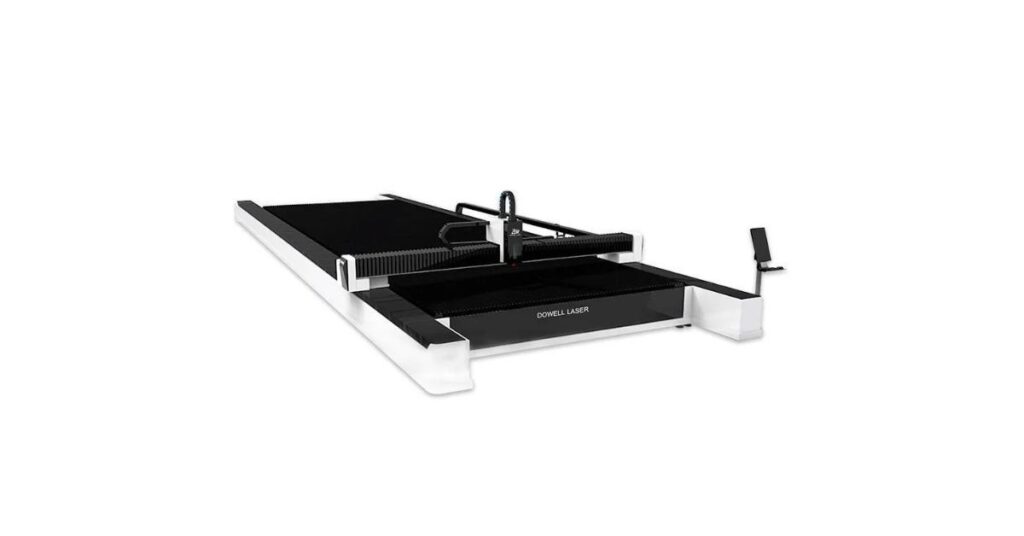In the dynamic landscape of manufacturing, precision and scalability reign supreme. Among the transformative technologies shaping this arena, large laser cutter stand tall as pioneering tools revolutionizing how we approach fabrication on a grand scale. These cutting-edge machines have redefined the possibilities, offering unparalleled precision and efficiency while catering to the demands of various industries on a larger canvas.
Engineering Marvels: Large-Scale Precision
Large laser cutters are technological marvels engineered to handle expansive workpieces precisely. These machines utilize high-powered laser beams to slice through materials, delivering accuracy within microscopic tolerances even across vast surfaces. Their capacity to handle oversized sheets or massive structures, maintaining the same level of precision found in smaller-scale counterparts, marks a significant leap forward in fabrication capabilities.
Scalability and Adaptability
What sets large laser cutters apart is their scalability. They transcend the limitations of traditional cutting methods by seamlessly accommodating larger workpieces without compromising precision or speed. This adaptability allows for the fabrication of oversized components for sectors like shipbuilding, construction, and renewable energy infrastructure, where accuracy and quality are non-negotiable.
Precision at Scale: Redefining Efficiency
The precision achieved by large laser cutters on a grand scale is a game-changer for industries requiring accuracy in substantial projects. From intricate designs to precise cuts on massive sheets of metal or other materials, these machines streamline production processes while minimizing material wastage. Their efficiency reduces production times and improves cost-effectiveness, making them indispensable for large-scale manufacturing operations.
Technological Advancements and Challenges
Advancements in laser technology continually propel large laser cutters to greater heights. Ongoing developments in beam quality, cutting speed, and automation aim to enhance their capabilities further. Challenges persist in optimizing these machines for maximum efficiency and reliability while ensuring they remain economically viable, particularly in highly competitive global markets.
Future Prospects and Industry Influence
The future holds immense promise for large laser cutters. Integration with cutting-edge technologies like artificial intelligence and robotics is on the horizon, promising increased automation, predictive maintenance, and heightened efficiency. Their influence spans various industries, from automotive and aerospace to architecture and heavy machinery, reshaping the landscape of manufacturing on a grand scale.
Conclusion
Large laser cutters stand as epitomes of technological advancement, bridging precision and scalability in a manner that redefines manufacturing possibilities. Their ability to deliver pinpoint accuracy across vast workpieces, coupled with unmatched efficiency, positions them as indispensable tools for industries grappling with the challenges of large-scale fabrication. As these machines evolve alongside technology, they are set to remain at the forefront of modern manufacturing, shaping the future of large-scale fabrication and innovation.

